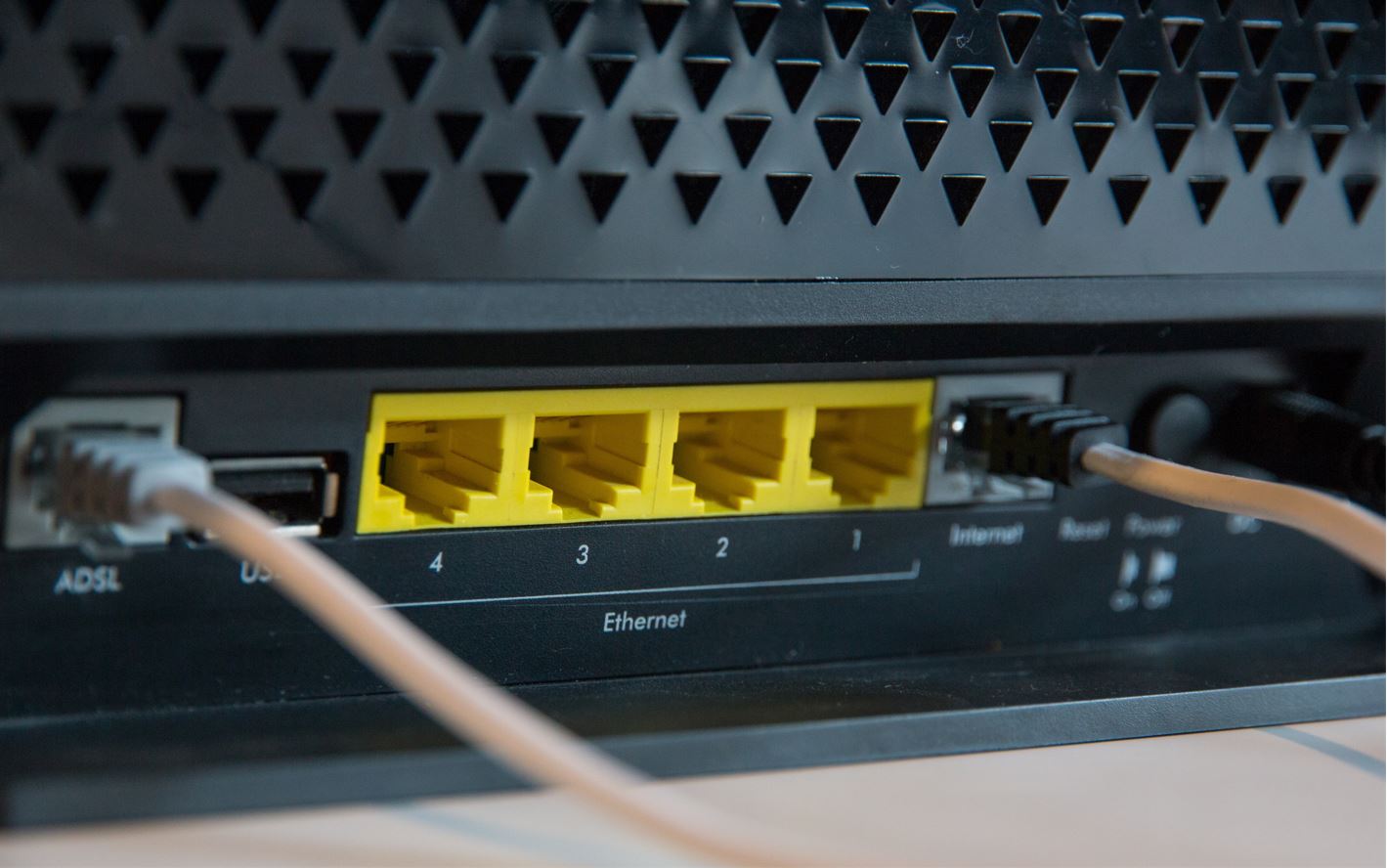
Unified Communication describes the connectivity between different communication systems for the workforce with the help of various collaboration tools. It ensures smooth interaction throughout the globally-dispersed team. Moreover, it allows you to access the shared and secure system anywhere, irrespective of where you work.
Aim of Unified Communications
Any unified communications platform aims to combine the software that supports workplace communication. It focuses on facilitating a real-time communication experience similar to talking face to face besides offering support for immediate texting. These tasks do not necessarily have to happen in sync. However, they should enable end-users to access all the tools, irrespective of their device. This leads to an increase in productivity, collaboration, and business communication.
Each communication tool comes with some exceptional proficiency. For example, some tools are great for messaging, while others offer better voice or video communication support. When you need an immediate response, you prefer real-time communications tools. At other times, you may seek tools that are good for communicating with people at their suitable time.
It is necessary to select a unified communication platform that maintains the individual characteristics of communication tools while merging them into one service. Cisco unified communications system provides the perfect solution to merge all your communication tools.
Typical Features of Cisco Unified Communications Platform
It is essential to learn about its features to better understand the benefits of investing in the Cisco unified communications platform. The most important of these features include the following.
Videotelephony ensures improved employee communications, saves valuable time, and reduces costs by minimizing travel expenses and the need for user training. It also requires minimum administrative efforts as video calls be made in the same way as voice calls. In addition, Cisco’s solution offers a broad range of videoconferencing facilities.
This eminent platform includes both voicemail and a unified messaging facility. Unified messaging solutions offer the ability to receive voicemail in MS Outlook, Lotus Notes, or IMAP client, or even through a web browser. Fax integration with with Lotus Notes or Outlook is also possible. In addition, unified Messaging enhances productivity as users can access their messages quickly, irrespective of their location.
A good platform should enable individuals to send texts and any other form of information to others in real time. It should also be able to notify users when their colleagues have read their messages and when they are online. The Cisco unified communications platform offers all these features with enhanced efficiency and security.
The platform enables users to access multiple communications functions from a consistent interface using different forms. It can be integrated with their desktop and browser clients, clients for mobile devices like smartphones and tablets, and even specialized clients embedded within business applications.
A good, unified communications platform should have multiple voice-conferencing,video-conferencing, and web-conferencing capabilities. Cisco’s communication platform offers all these features and much more, including the screen sharing facility for greater efficiency.
Understanding The Functionality Of Cisco Unified Communications System
A typical Cisco unified communications platform is capable of performing the following functions.
Call processing: It can handle the entire process of activating, routing, and ending calls.
Signaling and device control: The system sets up all the signaling connections between call endpoints and directs devices such as phones, gateways, and conference bridges to establish and tear down streaming connections.
Dial plan administration: The dial plan is a set of configurable lists used by Cisco unified communications systems for call routing. It helps perform digit analysis of all calls and enables users to create scalable dial plans.
Phone feature administration: The platform extends services such as hold, transfer, forward, conference, speed dial, redial, call park, etc., to IP phones and gateways.
Directory services: Cisco Unified Communications system uses its database to store user information. User authentication is performed after checking an external directory. Directory synchronization allows for efficient user management.
Programming interface to external applications: The platform furnishes a programming interface to all the Cisco-based external applications.
Backup and restore tools: It also features a Disaster Recovery System (DRS) to back up and restore the configuration database. The DRS system also backs up call details records (CDR), call management records (CMR), and the CDR Analysis and Reporting (CAR) database.
Benefits of Investing In Cisco Unified Communication System
The most important benefits of investing in a Cisco unified communication system include the following.
Conclusion
The Cisco unified communications platform helps maintain a single connected network across all means of communication. It is an efficient solution that enables effective collaboration between the devices and the applications. It also helps to reduce cabling and other costs while making workplace communication more efficient, cost-effective, and hassle-free.